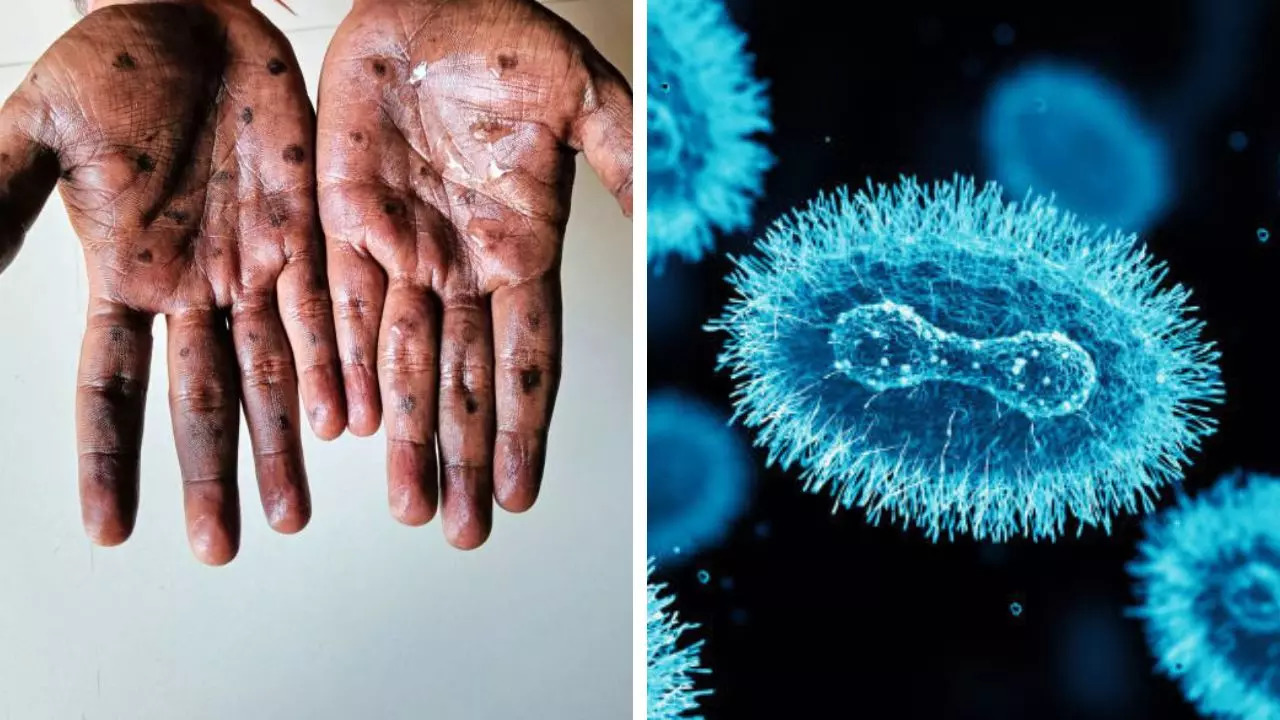Contents
What is Clade 1 – the ampox variant that has now spread to Sweden for the first time outside Africa?
As Sweden confirms its first case of the deadly ampoxvirus for the first time outside Africa, read on to know all about the Clade 1 variant – which has a higher mortality rate and more severe complications such as encephalitis, pneumonia and respiratory diseases, in addition to secondary bacterial infections.

Experts say Clade 1 causes severe skin rashes and large lesions and has a higher rate of person-to-person transmission.
Sweden has confirmed the first case of a “more severe” variant of ampox – a viral illness that causes painful skin lesions, fever, headache and muscle pain – marking the first time it has been found outside Africa. The person was infected in a part of Africa where there has been a major outbreak of the disease, Olivia Wigzell, director general of the Swedish Public Health Agency, told a news conference.
On Thursday, the World Health Organization declared ampox (formerly known as monkeypox) a global health emergency for the second time in two years, after an outbreak in the Democratic Republic of Congo has spread to 116 other countries.
According to experts, the ongoing outbreak in Africa is driven by versions of the virus called Clade 1 – which also includes the offshoot Clade 1b. These variants are associated with more severe disease and deaths than the Clade 2 version responsible for the 2022 global outbreak.
Infected person under care
Wigzel said the infected person was given care and instructions in line with the health agency’s recommendations. The WHO said there have been more than 14,000 cases and 524 deaths this year in more than a dozen countries in Africa, already exceeding last year’s figures.
More than 96 percent of all cases and deaths are in one country – Congo.
Experts have said the Swedish traveller’s case is worrying but not surprising, given the severity and spread of the outbreak in Africa. The Swedes said the risk to the public is considered low, according to the assessment of the European Centre for Disease Prevention and Control. But officials said a new assessment is expected soon, with occasional travel-related cases expected.
What is the Clade 1 version of Mpox?
According to experts, there are two forms of ampox – clade 1 in Congo and other endemic areas, and clade 2 – which spreads internationally. Clade 1 has a higher mortality rate, but this reflects that those infected have less access to quality healthcare.
Clade 1 symptoms are generally more severe, with higher rates of complications such as encephalitis, pneumonia and respiratory illnesses in addition to secondary bacterial infections. It also causes intense skin rashes and large lesions and has a higher rate of person-to-person transmission – particularly through respiratory droplets and close contact.
the scientists say Clade 1 has a higher mortality rate – In some outbreaks this may be as high as 1-10 percent.
However, clade 2, which is found mainly in West Africa, is relatively milder and causes fewer complications.
What is Mpox?,
According to the WHO, ampox affects both humans and animals as it belongs to the Orthopoxvirus genus, which is known for causing rash-like diseases including raised bumps on the skin. These bumps often contain fluid or pus, which eventually crust over and heal.
The virus spreads primarily through close contact with an infected animal or person. Human-to-human transmission occurs through direct contact with an infected person’s skin lesions, body fluids or respiratory droplets and by touching contaminated objects. Symptoms of ampox usually appear between three and 21 days after contact and may last two to four weeks.
While ampox is typically a self-limited disease, it causes a number of other life-threatening complications that can be fatal. Currently, there is no approved antiviral treatment for ampox.
Get the latest news on Times Now as well as breaking news and top headlines from across health and the world.


